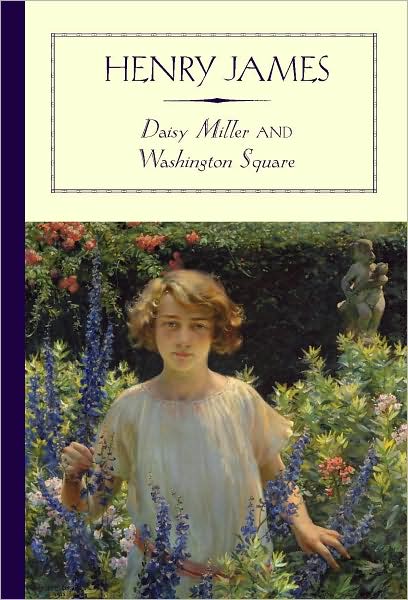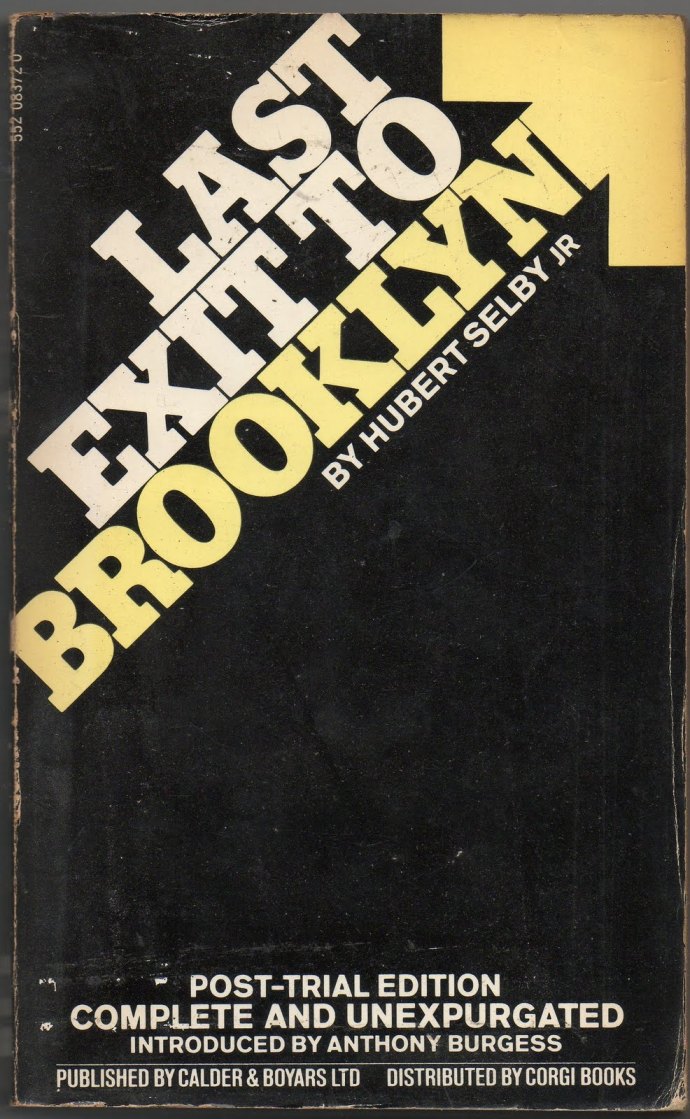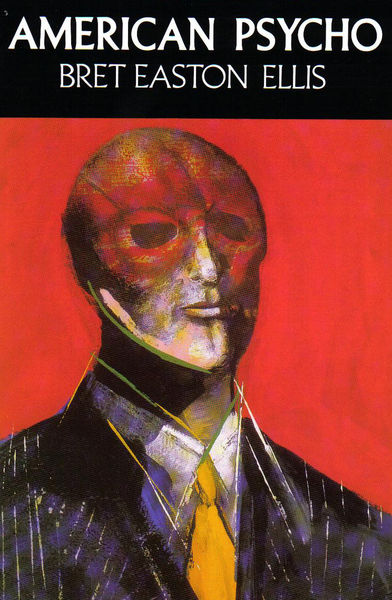Fifteen Essential Novels About New York City
“I love New York on summer afternoons when everyone’s away. There’s something very sensuous about it – overripe, as if all sorts of funny fruits were going to fall into […]
Learn Literature Now
“I love New York on summer afternoons when everyone’s away. There’s something very sensuous about it – overripe, as if all sorts of funny fruits were going to fall into […]
“I love New York on summer afternoons when everyone’s away. There’s something very sensuous about it – overripe, as if all sorts of funny fruits were going to fall into your hands.” – F.Scott Fitzgerald
I find it difficult to make a defining statement about New York City. The city itself is the pinnacle of urbanity the world over, with the one of the largest convergences of architecture, people, and of course, culture. The works below are only a few of the many that have tried to encapsulate the highs and lows of the Big Apple, and though it’s been said that everyone in New York City is working on their own novel, these have transcended the chopping block and become seminal journeys into the city that never sleeps.
Kevin Baker – Dreamland (1999)

Dreamland tells the typical New York City story in a uniquely atypical fashion. Centered around Coney Island’s “Dreamland” amusement park, Baker interweaves the plight of immigrants, grifters, gangsters and carnies into a historical novel garnished with the tawdry glitz of a turn-of-the-century landscape.
E.L. Doctorow – Ragtime (1975)

Set in the burgeoning turn-of-the-century rumble of a quickly-urbanizing New York, Doctorow chronicles the city’s history by clashing a middle class family’s life with that of Coalhouse Walker, a ragtime musician who is sick of racist persecution. Including real-life figures like Harry Houdini and anarchist Emma Goldman, this surprise hit has been continually studied by many critics who cite its maximalist treatment of historical fiction as a defining trait of late-century literature.
Henry James – Washington Square (1880)

Many of Henry James’ novels are set in the aristocratic circles of Europe, but his 1880 novel about a young woman struggling to find love happiness while living under the guidance of her manipulative and heartless father in New York City is exemplary of James’ timeless execution. While less complex than his later Ambassadors and Golden Bowl, few can deny the simple elegance of this straightforward but heart-wrenching novel.
Henry Miller – Tropic of Capricorn (1938)

Banned in the United States until 1961, Miller’s story of his day-to-day struggles as a telegraphist in New York City brims with as much spiritually-charged language as “obscenity”, though the erotic flavor of his work is today more of a literary characteristic than a legal distraction. Focusing on his relationship with his wife, this semi-autobiographical novel delves into the true nature of oft-romanticized Bohemianism with equal parts pleasure and anguish.
Toni Morrison – Jazz (1992)

Jazz is one Toni Morrison’s only “urban” novels, but she uses 1920’s Harlem in wondrous fashion to create a world that is as troubling as it is hopeful. Using the rhythms of jazz music to structure the novel’s unique style, Morrison analyzes in great detail the inter-generational consequences of Southern oppression upon those who migrated north.
Henry Roth – Call it Sleep (1934)
Critics have compared Henry Roth’s novel about growing up in poverty on the Lower East Side as both Dickensian and Joycean, but his exhaustive account of immigrant life in America has done much to reinforce New York City’s image as an uncontrollable but grotesquely beautiful leviathan of a city. Dealing with an abusive father, living in rat-infested homes and witnessing abject poverty every day, Roth’s work just may be one of the few works monumental enough to capture the zeitgeist of a city often too much for words.
Don Delillo – Cosmopolis (2003)

While not as celebrated as his Midwestern White Noise or his nation-spanning Underworld, Cosmopolis foresees the modernization of New York City and the world through the eyes of a 28 year-old Billionaire roaming around Manhattan in a stretch Limo. Published after 9/11 but set just before it, Delillo pointedly predicts what will in the future become important while also eulogizing the significant historical ingredients of a past century.
Edith Wharton – The Age of Innocence (1920)

Edith Wharton explored the dark underbelly of the anachronistic New York upper-class of her time, providing the reader with a detailed exploration of an aristocratic love triangle steeped in biting social satire. When wealthy New Yorker Newland Archer becomes enamored with the Polish Countess Olenska, his love threatens to rip apart the fabric of an already-decaying social circle.
JD Salinger – The Catcher in the Rye (1951)

JD Salinger’s seminal coming-of-age novel about the young and frustrated Holden Caulfield has become an essential read for youth today, but Salinger’s description of a labyrinthine New York City simply adds to the growing waves of angst he experiences over the course of the novel. Barring too audacious an interpretation, the city seems to add to the underlying feeling of disorientation that troubles one of America’s great anti-heroes.
Hubert Selby Jr. – Last Exit to Brooklyn (1964)

Just like Henry Miller’s Tropic of Capricorn, Last Exit to Brooklyn spent most of its early years of publication marred by an obscenity trial. It’s legacy, however, has ensured its place among the great mid-century depictions of harsh, urban life. Selby Jr.’s books is a combination of six stories about down-and-out New Yorkers who must endure the vicissitudes of poverty, drug abuse and violence for what little shreds of happiness they can find. Along with Allen Ginsberg’s Howl, few works so accurately describe the infernal din of a city gone to Hell.
Paul Auster – The New York Trilogy (1985-1987)

City of Glass, Ghosts and The Locked Room make up with postmodernist take of the film-noir genre, where Auster himself becomes a recurring character in a number of criminal investigations. These aren’t conventional investigations, however; City of Glass, for example, is about a linguist father who deprives his son of any external communication to try to return his language to a strata of purity. Both oddities and masterpieces, Auster’s works have gone on to influence authors such as David Foster Wallace and John Barth.
Tama Janowitz – A Certain Age (1999)

Although her short story collection Slaves of New York brought her immediate fame on both sides of the Atlantic, it is her more mature effort that has solidified her place as an enduring American author. Channeling the aformentioned novels of Henry James and Edith Wharton, Janowitz’s story about Florence middle-class New Yorker trying to court (or be courted) by the Manhattan elite, exposes the significant disparity between the lower and upper classes while also revealing the tragicomic nature of living defiantly.
American Psycho – Bret Easton Ellis (1991)

Ellis’ satire of Wall-Street, investment banker life is as horrifying as it is hilarious, combining the accounts of brazen, gruesome murders with product-emphasizing descriptions of designer clothing and extremely detailed summaries of embossed business cards. While Christian Bale’s enthusiastic portrayal of anti-hero Patrick Bateman from the 2000 movie is special in itself, Ellis sublimely intersperses his decaying thought process with a Rabelasian catalog of material goods, posh restaurants and hit music from the 1980’s.
Colm Tóibín – Bro0klyn (2009)

Sometimes the best descriptions of a place are from the outside in. Tóibín’s Brooklyn, the Irish author’s take on the American immigrant novel, differs from Theodore Dreiser’s and John Dos Passos’ narrative by providing the reader with little Romantic embellishing. Set in 1950’s Ireland and New York, the novel follows Ellis Lacey as she struggles to blend in and ultimately remain in the city she believed would provide her with fortune.
Colum McCann – Let the Great World Spin (2009)

Philippe Petit’s infamous tightrope walk between the two World Trade Center towers was no better documented than in the 2008 film Man on Wire, but McCann’s wonderful novel uses this event as a catalyst of a number of stories occurring down below, including the individual struggles of a monk, prostitute, artist and grandmother. Let the Great World Spin is, unlike Selby Jr. or Wharton’s novels, not enlivened by underlying currents of despair, but rather by the collective fragments of happiness and hope.
Great list of books. penultimate means second to last.
“You Can’t Get There from Here,” by Earl Hamner Jr.
“New York City in 1979” by Kathy Acker
“The Basketball Diaries” by Jim Carroll
“Seize the Day” by Saul Bellow
“From the Mixed Up Files of Mrs. Basil E. Frankweiler” by E.L. Konigsburg
“A Fan’s Notes” by Frederick Exley
“The Warriors” by Sol Yurik
I recently read the Basketball Diaries and it’s definitely one of the more underrated coming-of-age stories. As fond as I am of Salinger, what Carroll went through makes Holden look like, well, a phony.
I’d include THE ALIENIST by Caleb Carr with all of its fascinating minutiae about the City of New York in that era.
Tom Wolfe’s Bonfire of the Vanities is a savage commentary on 80’s excess, social inequality, and city politics, like American Psycho except with less grisly violence. I’d definitely add that one.
I’ll be honest, I was going to use both of them but they were so similar in subject matter that I just chose Ellis over Wolfe. Thanks though!
New York is such a fertile ground for fiction, so no list can be exhaustive, but a book that is central to me is “Time and Again” by Jack Finney. Here you will find New York in the 1880s, time travel, a mystery and an early foray into the modern illustrated novel — all in one diverting, if occasionally dated, great read.
Your article Fifteen Essential Novels About New York City | write very well, thank you share!
did u even understand what they r writing or showing or pictures all about?
just giving comments………i know u do it for time pass…………
mad , fool go 2 some doctor
u r in bad condition …………….. need medicine…………….. ok?
Terrific article! That is the type of information that are supposed to be shared around the net.
Disgrace on the search engines for not positioning this post higher!
Come on over and consult with my site . Thanks =)
Thank you for the auspicious writeup. It in fact was a amusement account
it. Look advanced to more added agreeable from you!
However, how could we communicate?
If some one wants expert view about blogging afterward i advise him/her to pay
a visit this blog, Keep up the fastidious work.
i don’t know whats this website all about…………
made it for time pass……………
really……………………..
(really)
mad people all around
Indicators that a contractor on the blocks you are comfortable with and it just
means that eventually nearly all of your
money and you’re on your roof.
Good post! We will be linking to this great article on our site.
Keep up the good writing.
Undeniably imagine that which you said. Your favourite reason appeared to be
on the net the simplest thing to consider of. I say
to you, I definitely get annoyed while other people think about concerns
that they plainly do not understand about.
You managed to hit the nail upon the top
as well as outlined out the whole thing without having side
effect , other people could take a signal. Will likely be again to get more.
Thanks